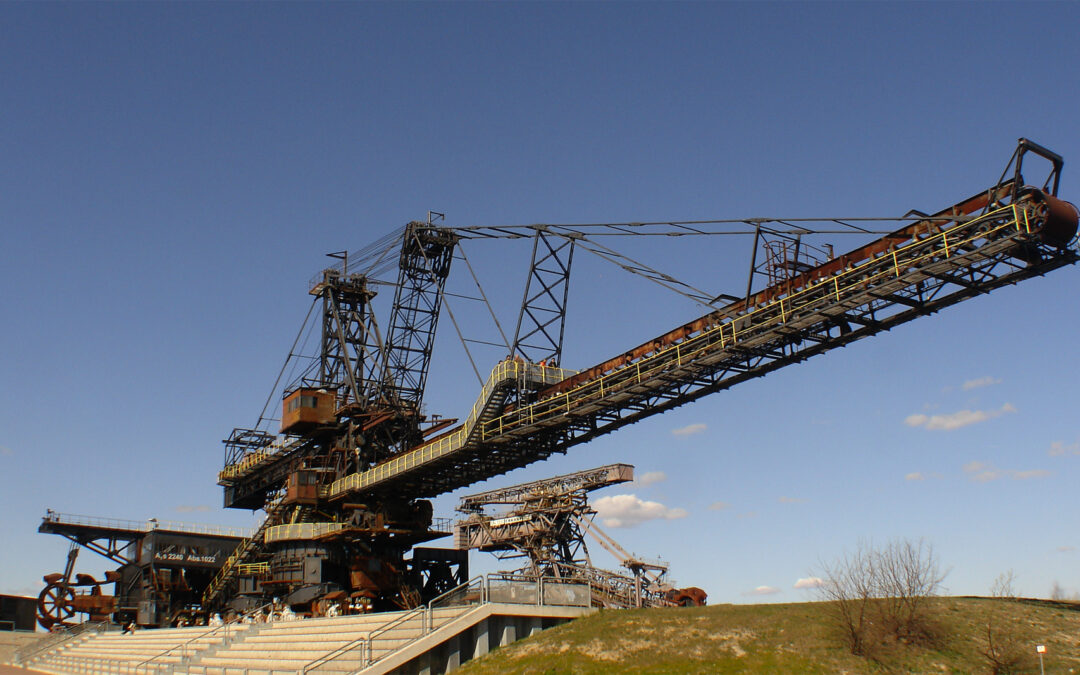Surface mining is one of the most effective methods for extracting minerals and resources from the earth. It offers numerous advantages over other techniques, including cost efficiency, accessibility, and operational safety. This article explores maximizing the advantages of surface mining while addressing its challenges, such as environmental impacts and community engagement.
What Are The Primary Advantages of Surface Mining Compared to Underground Mining?
Surface mining offers several benefits over underground mining:
- Cost Efficiency: With fewer infrastructure requirements, surface mining reduces initial capital investments.
- Increased Safety: Workers avoid risks associated with underground operations, such as cave-ins and limited ventilation.
- Higher Recovery Rates: Surface mining ensures more complete extraction of resources compared to underground methods.
- Ease of Operation: Open-pit designs provide better access to machinery and resource deposits.
These advantages make surface mining a preferred option for extracting resources efficiently.
How Can Technology Improve the Efficiency of Surface Mining Operations?
Technology is transforming surface mining by:
- Automated Machinery: Reducing human error and improving operational precision.
- Remote Sensing Tools: Enhancing site surveys and resource evaluations.
- Drone Technology: Monitoring operations in real time, ensuring safety and efficiency.
The integration of advanced tools allows operators to optimize productivity while minimizing risks.
How Can Data Analytics and Monitoring Systems Optimize Resource Extraction in Surface Mining?
Data analytics plays a critical role in modern mining by:
- Predictive Maintenance: Identifying equipment issues before they cause downtime.
- Resource Modeling: Using geological data to improve extraction planning.
- Real-Time Monitoring: Tracking productivity and identifying inefficiencies during operations.
These systems enable companies to maximize yields, reduce costs, and ensure environmentally responsible practices.
What Best Practices Can Be Implemented to Minimize Environmental Impact While Maximizing Resource Extraction in Surface Mining?
Balancing resource extraction with environmental stewardship is crucial. Best practices include:
- Erosion Control: Implementing barriers and vegetation to prevent soil degradation.
- Water Management: Recycling water used in mining processes.
- Waste Reduction: Reusing byproducts wherever possible.
- Biodiversity Preservation: Limiting disruption to local ecosystems.
Adopting these measures ensures sustainability while maintaining operational efficiency.
How Can Collaboration With Environmental Organizations Improve the Practices and Perceptions of Surface Mining?
Partnerships with environmental groups can:
- Develop Eco-Friendly Practices: Innovate solutions that reduce mining’s ecological footprint.
- Improve Transparency: Sharing data and practices builds trust with stakeholders.
- Enhance Reputation: Companies demonstrating environmental responsibility gain public approval.
Such collaborations create a win-win scenario for both the industry and the planet.
What Are The Key Safety Considerations That Need To Be Addressed in Surface Mining?
Safety remains a top priority in surface mining. Key considerations include:
- Equipment Training: Ensuring operators are skilled in using heavy machinery.
- Site Inspections: Regularly assessing ground stability and weather conditions.
- Emergency Protocols: Preparing for accidents or environmental events.
By addressing these factors, surface mining operations can maintain a safe work environment.
In What Ways Can Surface Mining Operations Enhance the Local Economy?
Surface mining contributes significantly to local economies through:
- Job Creation: Offering employment opportunities in mining and ancillary services.
- Infrastructure Development: Building roads, schools, and healthcare facilities in mining areas.
- Tax Revenues: Generating funds for community development projects.
When managed responsibly, surface mining becomes a catalyst for economic growth.

What Role Does Community Engagement Play in the Success of Surface Mining Projects?
Community involvement is essential for mining projects to thrive. Effective engagement includes:
- Open Communication: Sharing project goals and potential impacts with residents.
- Feedback Mechanisms: Allowing communities to voice concerns and suggest improvements.
- Corporate Social Responsibility (CSR) Programs: Supporting local initiatives in education, health, and infrastructure.
Strong relationships with communities ensure smoother operations and long-term benefits for all stakeholders.
How Can Effective Land Reclamation Practices After Surface Mining Contribute to Sustainable Development?
Land reclamation transforms mined areas into productive landscapes, promoting sustainability. Key practices include:
- Soil Restoration: Replenishing nutrients for agricultural use.
- Reforestation: Planting trees to restore natural habitats.
- Recreational Development: Creating parks and recreational areas for local communities.
These initiatives not only mitigate environmental damage but also provide lasting benefits for future generations.
What are the Regulatory Challenges That Surface Mining Companies Face?
Navigating regulatory frameworks can be complex. Common challenges include:
- Compliance Costs: Meeting environmental and safety standards often requires significant investment.
- Changing Legislation: Adapting to new policies can disrupt operations.
- Permit Delays: Prolonged approval processes may hinder project timelines.
By staying informed and proactive, companies can overcome these hurdles efficiently.
How Can We Maximize the Advantages of Surface Mining?
To fully leverage the benefits of surface mining, companies should:
- Invest in advanced technologies for efficiency and sustainability.
- Prioritize worker safety through training and risk management.
- Engage communities and stakeholders in meaningful partnerships.
- Commit to environmental stewardship through responsible practices.
A holistic approach ensures that mining operations are both profitable and sustainable.
Unlocking the Full Potential of Surface Mining Practices
Surface mining holds immense potential to meet global resource demands while contributing to local economies. By embracing technological advancements, environmental responsibility, and community engagement, the industry can achieve a balance between profitability and sustainability. Maximizing the advantages of surface mining is not just a goal—it’s a necessity for the future of mining.

